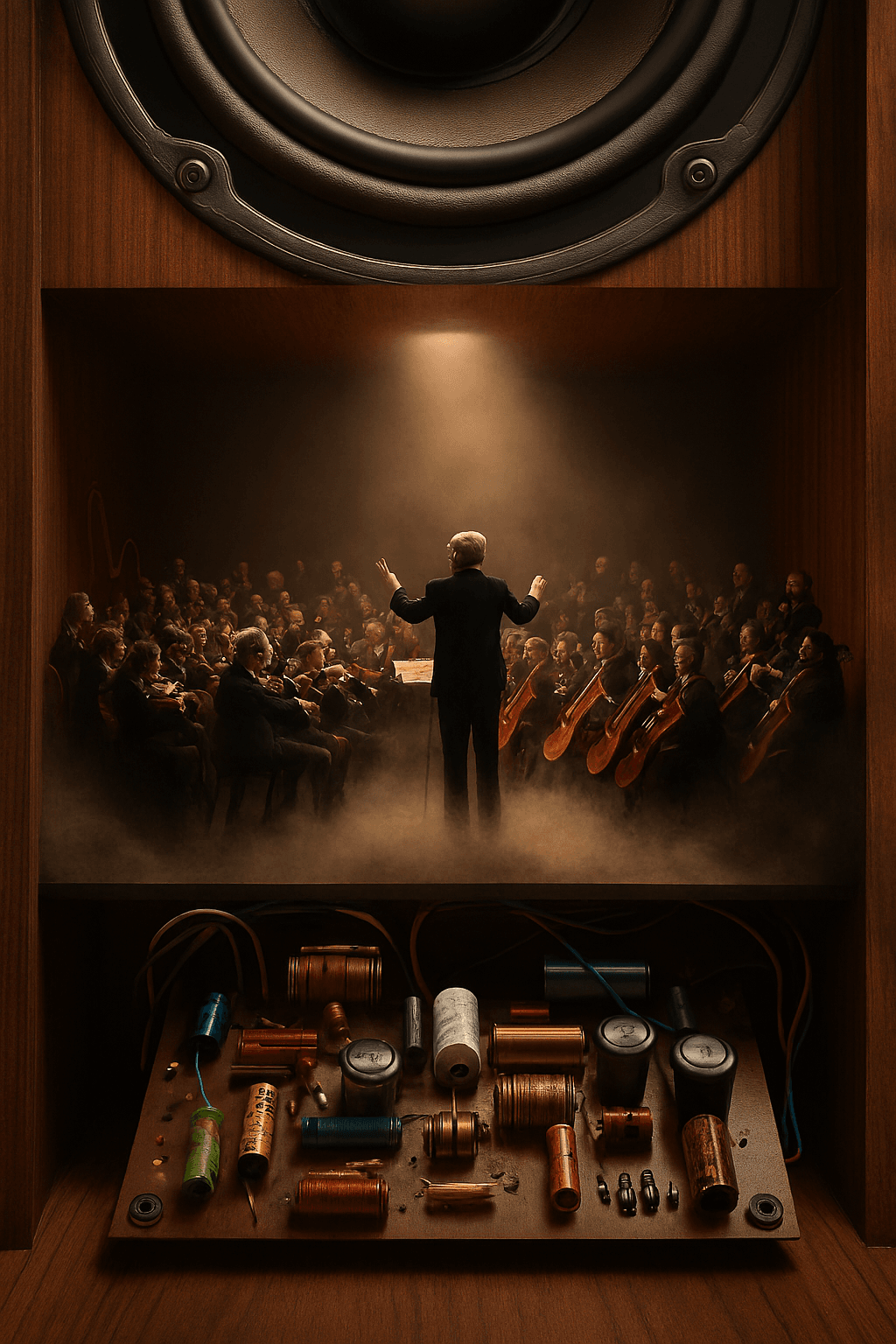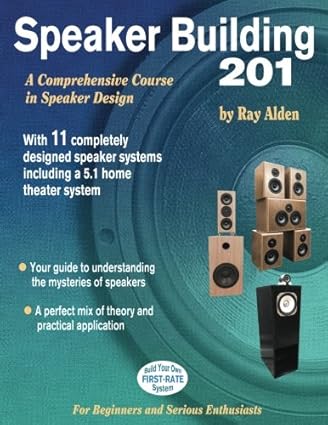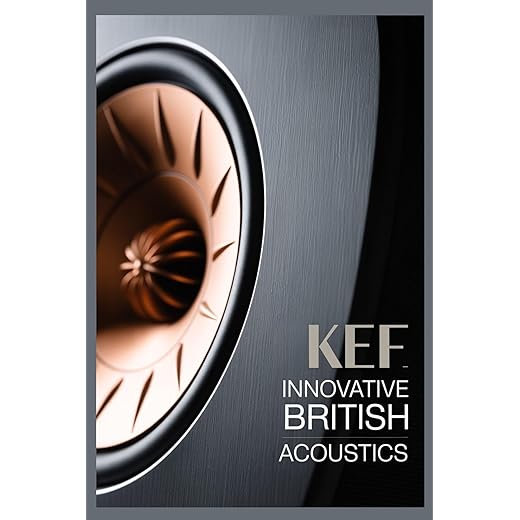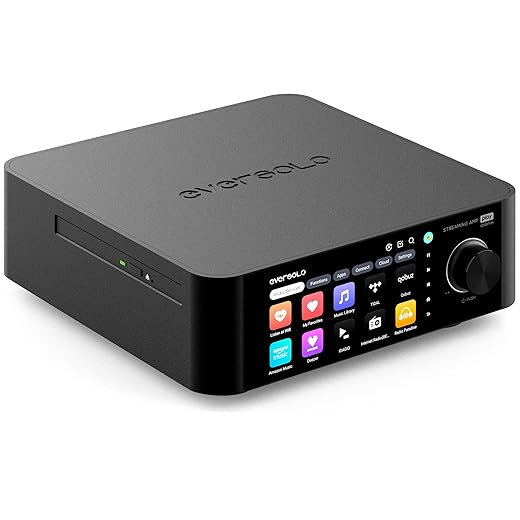Introduction: The Illusion Isn’t in the Cone
We often speak of speaker drivers as the sculptors of soundstage—those visible diaphragms that pulse with musical intent. But the illusion of space, of presence, of ensemble—is not conjured by the cone alone. It emerges from a deeper architecture: the crossover, the cabinet, the internal damping, and the phase alignment. These are the quiet artisans behind the stage.
While preparing this post, I’ve wondered whether these insights will resonate beyond the realm of professionals. Most listeners, myself included, are bound by what mass-produced speakers and headphones make available. And as I’ve come to appreciate more recently, even higher-priced gear can hide compromises in internal design—choices that quietly reduce the quality of sound reproduction. Unless there’s a professional demand, backed by engineering knowledge, this post may well be touching on something considered esoteric. But perhaps that’s the point: to gently illuminate what’s often hidden, not to overwhelm, but to invite curiosity.
Drivers as Actors, Internals as Directors
The driver is the visible performer—the diaphragm that moves air and delivers sound. But like any actor, its brilliance depends on direction, staging, and ensemble support. Inside every speaker cabinet and headphone unit lies a hidden cast of components that shape the performance long before it reaches your ears.
📦 What’s Inside the Cabinet (and the Cup)?
For those curious about the hidden ensemble behind the soundstage, here’s a breakdown of the components inside speaker cabinets and headphone units. Expand to explore, collapse to breathe. Click to reveal the internal anatomy of speakers and headphones
Together, these components form the director’s toolkit. They shape timing, tone, and spatial realism. The driver may deliver the lines, but it’s the internals that set the stage, cue the lights, and hold the silence between notes.
But What About the Room?
Here’s the tension: most listeners aren’t in treated rooms. They’re in living rooms, bedrooms, dens—spaces shaped more by furniture and drywall than by acoustic intent. Gary from GR Research has rightly pointed out that obsessing over speaker internals while ignoring room acoustics is like tuning a violin in a wind tunnel. The signal chain is holistic. The room is not a passive container—it’s a collaborator, or a saboteur.
The Listener’s Dilemma
And most listeners aren’t engineers. They don’t trace impedance curves or model diffraction. They listen. They feel. They judge with their ears. Manufacturers rarely disclose internal design choices because most people don’t ask. And even if they did, the information would likely be too arcane to matter. The joy of listening is emotional, not schematic.
Still, for those who do peek behind the curtain, the revelations can be profound—not because they make you smarter, but because they make you more empathetic to the illusion. Understanding the internals isn’t about technical mastery—it’s about honoring the invisible work that makes the experience possible.
Phase Coherence: The Ensemble’s Breath
Phase alignment is often overlooked, yet it’s the heartbeat of holography. When drivers speak in phase, the soundstage locks in. Vocals center. Cymbals shimmer with air. The ensemble breathes together. When phase coherence falters, the illusion fractures. The listener is no longer inside the music but beside it.
The Disappearing Act: Internals That Vanish
Ironically, the best internals are those that disappear. GR Research’s design philosophy—prioritizing crossover quality, internal damping, and phase integrity—doesn’t seek attention. It seeks absence. The speaker vanishes. The room becomes the stage. The listener becomes the witness.
Conclusion: Hospitality in the Hidden
To curate a soundstage is to host a moment. And hospitality begins behind the curtain—but it doesn’t end there. The driver may greet the guest, the internals may prepare the room, but the actual room—the one with your bookshelves and windows and rugs—has the final say. The illusion is fragile. But when it works, it’s transcendent.
Whether in bookshelf speakers, floorstanders, or headphones, the driver is the final messenger in the signal chain—the last voice in a long conversation. What it conveys is not its own invention, but the sum of everything upstream: the crossover’s timing, the cabinet’s silence, the damping’s restraint, the wiring’s integrity. The driver performs what the internals have composed. And when those internals are thoughtfully designed, the soundstage doesn’t just emerge—it arrives with intention, coherence, and emotional truth.





